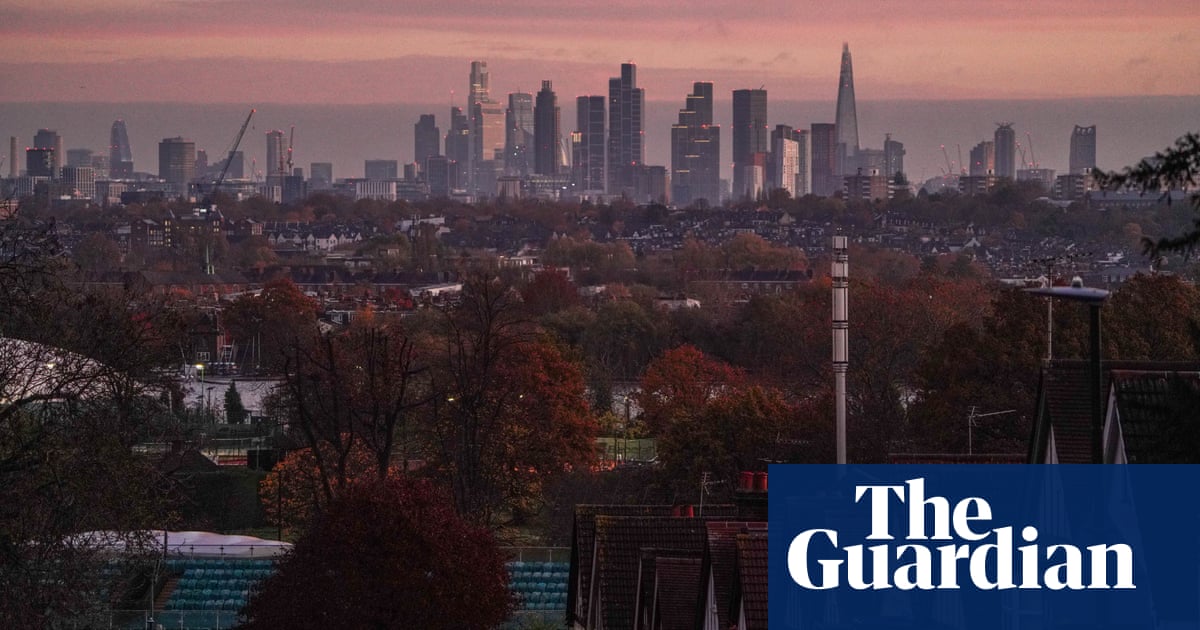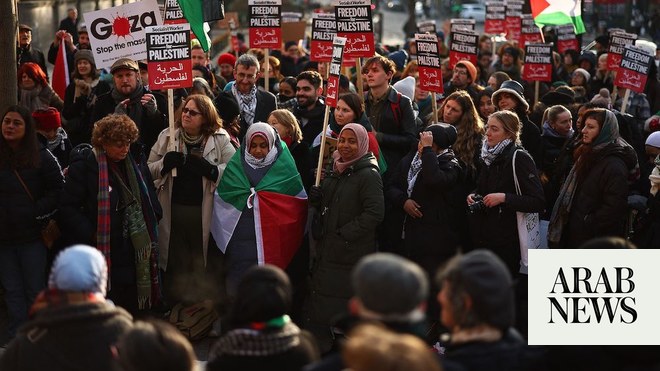
Low-income tenants across much of Britain will be left hundreds of pounds worse off from next month due to the government quietly imposing a real-terms cut in housing benefit, the Observer can reveal.
From April, the government is freezing the amount of local housing allowance (LHA), meaning tenants will receive the same amount of money as last financial year, even where rents have gone up. LHA is paid to tenants in privately rented homes, including those on universal credit.
In some parts of the country, tenants are set to lose more than £1,000 a year as a result of a combination of rising rents and the new benefit freeze, Observer analysis of government data shows. Those tenants affected will have to find the money from elsewhere, or else face growing rent arrears.
There is already evidence of an arrears crisis, with Citizens Advice estimating that half a million private tenants are behind on rent. The ban on most evictions, imposed at the start of the pandemic, was extended last week to the end of May.
“The freeze to LHA rates is yet another example of the government abandoning tenants – this will force many out of the private sector and on to the streets, and will force many more to choose between feeding their families and paying their rent,” said Nick Ballard, head organiser of tenants’ union Acorn.
Until 2011, LHA was capped at the average private rent in a local area – the 50th percentile of local rents for each type of accommodation, such as shared or two-bedroom properties. LHA covered 100% of rent up to this level, while tenants with higher rents had to make up the difference.
But the government cut this to the 30th percentile in 2011, which was further eroded by a four-year freeze – a real-terms cut – from 2016. By the start of the pandemic, almost 70% of private tenants on LHA were left with shortfalls on their rent.
The March 2020 budget restored the link to the 30th percentile, with far more renters fully covered by benefit as a result, but the new freeze, which has been announced for one year, will erode it again. The government says the freeze will protect payments to tenants in areas where rents are falling. But official data shows that, in most areas, the 30th percentile of rents has risen.
In just 11 of the 193 “broad rental market areas” across England, Wales and Scotland are no tenants facing rising shortfalls owing to the LHA freeze. Flat-sharers in 52 areas and one-bedroom tenants in 58 face shortfalls rising by at least £200 a year.
LHA for flat-sharers will be £1,350 a year below the local 30th percentile in inner south-east London, and £1,077 in Brighton. Tenants of one-bed homes face an annual shortfall of £658 in Scunthorpe and £350 in north-west Wales. This is on top of the shortfalls already experienced by tenants on average local rents. Tenants whose rents are well below the 30th percentile will not be affected.
Polly Neate, the chief executive of Shelter, said: “Over half of private renting households on universal credit don’t receive enough housing benefit to cover their rent – and April’s freeze will only see this chasm grow. In some places, the shortfall is already more than £100 a month.”
A government spokesperson said: “We’ve put households at the heart of our decision-making throughout the pandemic, with a £352bn package keeping millions in work and temporarily bolstering the welfare safety net by more than £1,000 a year for families most in need. Councils can also provide support through the £180m discretionary housing scheme.”












